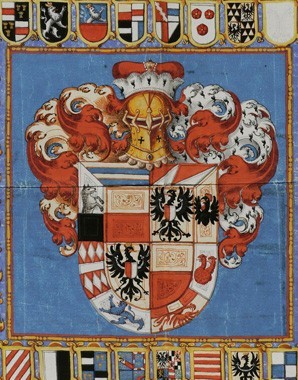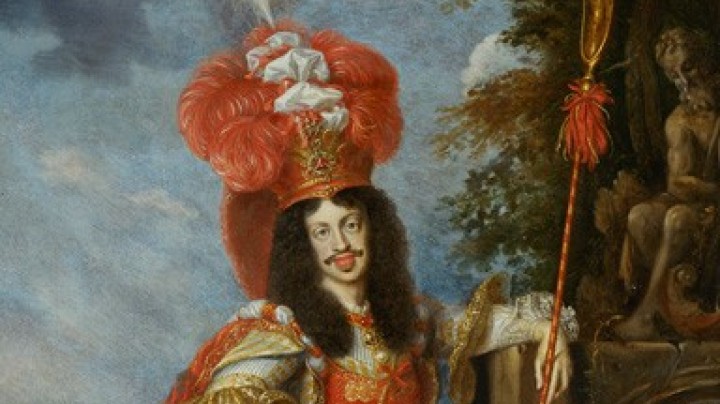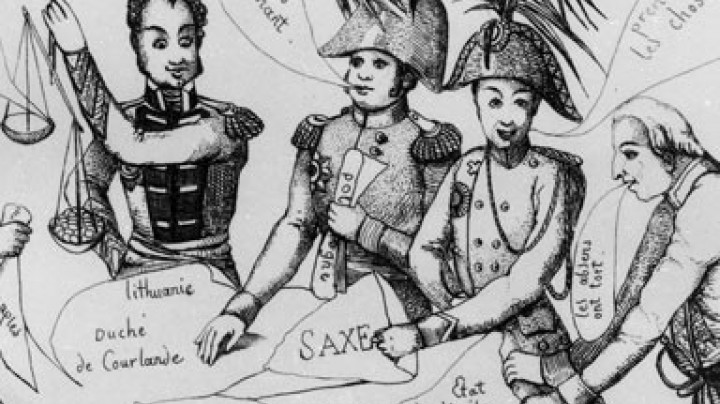A closed society
In the shadow of the Habsburg throne a small leading group of families from the higher nobility began to emerge whose illustrious names are still familiar today: Liechtenstein, Schwarzenberg, Esterházy, Lobkowicz – to name only the most important.
Lady Mary Wortley Montagu. Letters, London 1763, vol. 1, 62.Lady Mary Wortley Montagu (1716) on choosing a partner in Vienna’s aristocratic society:
… they don’t only scorn to marry, but even to make love to any woman of a family not as illustrious as their own, and the pedigree is much more considered by them, than either the complexion or features… Happy are the She’s that can number amongst their ancestors, Counts of the Empire; they have neither occasion for beauty, money or good conduct, to get them husbands.
These leading families of the Empire were a closed, socially exclusive group, which had the advantage of limiting access to lucrative and influential positions at Court to a small number of families. This led to the formation of an aristocratic oligarchy which attached great importance to its exclusive origins.
Austrian aristocratic society was characterized by its strict hierarchy. In essence this meant the order of rank, a delicate issue that required precise knowledge of the history of these families and their privileges. For us today, it would seem a relatively simple task to decide who should stand, sit or walk, etc., in front of whom. At Court, however, such things represented the ‘social capital’ of the aristocrat. The order of rank reflected centuries in which noble honour had been accumulated over the generations. The principal distinctions were of title, such as prince, count, baron and so on, but within these ranks it was the point at which these titles had been acquired that was critical for one’s position at Court. What today often seems like pointless snobbery and an unwittingly comical obsession with titles was an essential part of the aristocracy’s conception of itself.
While the aristocratic order of rank embodied the past, the future of the noble house was to be secured by the careful choice of marriage partner. The Habsburg higher nobility were related among themselves by ties of blood and marriage. Beyond the primary goal of the biological continuity of the family it was essential to take steps to preserve and/or enhance its high-ranking position in society. Thanks to this network the closed society of the higher nobility in the Habsburg Monarchy was able to preserve not only its social and economic privileges but also its extensive political influence right up to 1918.
The special importance of noble descent explains the oft criticized self-preoccupation of Austria’s aristocratic elites that became a characteristic feature of the conservative Viennese Court, regarded as the most elitist in Europe. Its members kept themselves to themselves, exclusive in the truest sense of the word: middle-class industrialists, academics, even those who had risen in society and been nobilitated, were excluded from the highest circles. In social discourse, there was a strict distinction between the ‘first’ (the higher nobility) and the ‘second’ (upper middle-class) tier of society. The other side of this coin was an increasing discrepancy between the aristocracy’s claim to a leading role in the general development of society and their actual opportunities to do so, as by the nineteenth century, outside Court circles, it was the middle classes who had long since seized the initiative.















